Articles
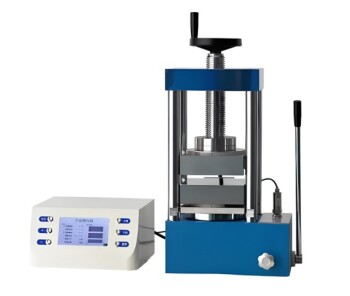
Heat press operating steps and precautions
1 year agoAbout the operating steps and precautions of the hot press machine.
Learn More
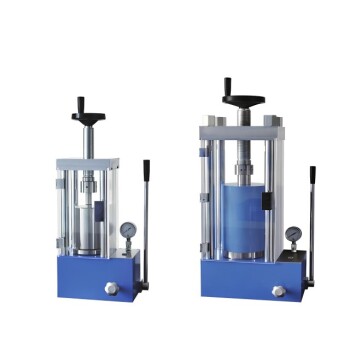
How to replace the rubber ring of isostatic press and what precautions should be taken
1 year agoHow to replace the rubber ring of isostatic press and matters needing attention.
Learn More
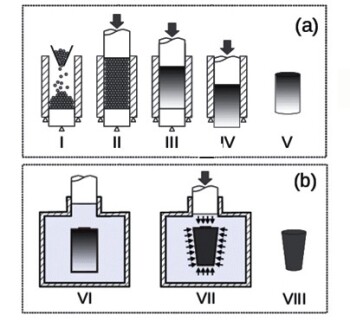
Understanding Cold Isostatic Pressing Method for Powdered Materials
1 year agoCold Isostatic Pressing (CIP) is a method of processing materials by compacting powders through the application of uniform pressure from all directions. This process is based on Pascal's law, which states that pressure applied in an enclosed fluid is transmitted equally in all directions.
Learn More
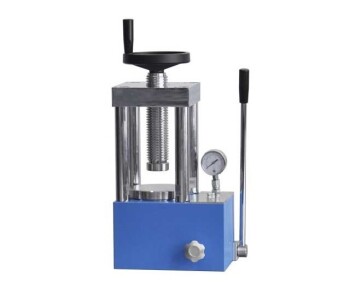
Manual tablet press operating steps and precautions
1 year agoDetails on the operation of manual tablet presses, replacement of rubber rings, and steps for replacement of parts.
Learn More
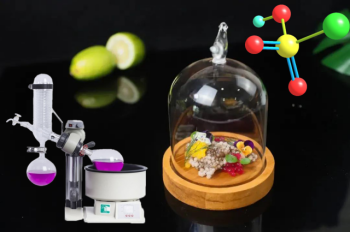
Mastering the Art of Rotary Evaporation
1 year agoRotary evaporation is a technique used in laboratories to remove solvents from samples through the process of evaporation.
Learn More

Understanding Isostatic Pressing: Process, Types, Advantages, and Applications
1 year agoIsostatic pressing is a process that was pioneered in the mid-1950s and has since become a widely used production tool in various industries. Originally considered a research curiosity, it is now applied for consolidation of powders and defect healing of castings in materials such as ceramics, metals, composites, plastics, and carbon.
Learn More

How Isostatic Pressing Works A Comprehensive Guide
1 year agoIsostatic pressing is a manufacturing process that involves the application of high pressure to a material in a sealed chamber. This process is used in various industries to create high-performance components with complex shapes and precise dimensions.
Learn More

Global Isostatic Pressing Market: Technological Advancements, Increased Adoption, and Regional Outlook
1 year agoIsostatic pressing is a powder processing technique that uses fluid pressure to compact a part. The process involves placing metal powders in a flexible container, which serves as the mold. Fluid pressure is applied evenly over the entire outside surface of the container, causing it to press and form the powder into the desired geometry.
Learn More
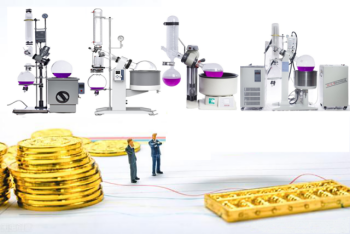
Is a High-Priced Rotavapor Worth the Investment
1 year agoRotary evaporators, also known as rotavaps, are essential laboratory equipment used in the chemical, pharmaceutical, and biotech industries for the separation of solvents from a solution.
Learn More
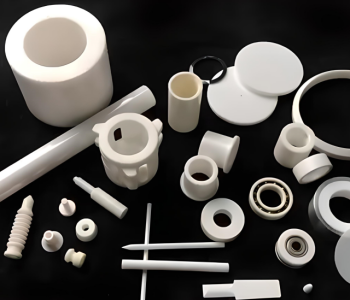
Understanding the Dry Bag Cold Isostatic Press Machine by KinTek
1 year agoPowder metallurgy is a manufacturing route that allows for the production of specific materials, especially for high-performance applications. It reduces material waste and produces parts that are close to the final shape. KinTek's CIP equipment has been successfully used to consolidate most common metals, and there is a growing interest in using it for metal powder processing in a wider range of applications.
Learn More
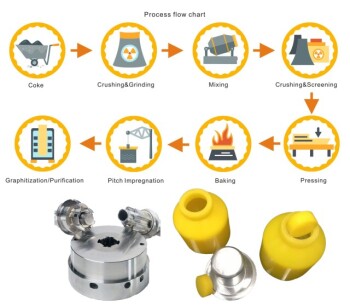
How Isostatically Pressed Products are Made
1 year agoIsostatic pressing is a manufacturing process used in the production of high-density, high-strength materials and components. Isostatic pressing involves applying pressure uniformly in all directions to a powdered material, which is contained within a flexible or rigid mold.
Learn More
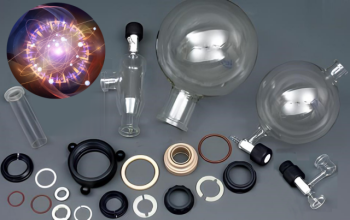
Unraveling The Mysteries of Rotary Evaporators Why They're Better
1 year agoA rotary evaporator, or rotovap, is a laboratory equipment used for distillation of solvents and other compounds. It works by rotating the sample flask, while simultaneously heating it, to evaporate the solvent and separate it from the sample.
Learn More

Understanding Isostatic Pressing: Applications and Benefits
1 year agoIsostatic pressing is a fascinating technology that has numerous applications and benefits across various industries. It involves the application of uniform, simultaneous, and omnidirectional pressure to materials, resulting in unique properties and transformations.
Learn More

An In-depth Analysis of Cold Isostatic Pressing Services
1 year agoCold isostatic pressing (CIP) services utilize extremely high pressures to sterilize products or cold compact powders. CIP is particularly effective in producing complex shapes and increasing the final density of materials.
Learn More

How Much Pressure Do You Need in a Heated Lab Press
1 year agoLab presses are versatile and essential tools that are used in various laboratory applications.
Learn More

Why a Chiller is a Must-Have for Your Rotavap
1 year agoA rotary evaporator, or rotavap, is a laboratory device used for distillation. It is commonly used for removing solvents from a sample in a chemical reaction.
Learn More

Applications and Importance of Hydraulic Press in Laboratories
1 year agoA hydraulic press is a machine that uses the pressure generated in a confined fluid to configure metals, plastics, rubber, and other materials. Its operation is governed by Pascal’s principle, which states that pressure applied to a confined fluid is transmitted unaltered throughout the fluid.
Learn More

An Insight into Hydraulic Presses: Versatility, Efficiency, and Industrial Applications
1 year agoHydraulic presses have become an integral part of various industries due to their versatility and efficiency. These powerful machines utilize hydraulic systems to generate force, allowing them to perform a wide range of industrial applications effectively. From metalworking and plastics processing to woodworking, hydraulic presses play a crucial role in numerous industrial processes.
Learn More

How Pressed Pellet Technique Helps to Improve Material Utilization Efficiency
1 year agoPressed pellet technique is a widely used method for preparing solid samples for analysis. The technique involves compressing a powdered sample into a pellet form using a laboratory press.
Learn More

Why Tap Water Chilling Is Not Enough for Your Rotavap
1 year agoProper chilling is crucial for many laboratory applications, including rotavap. Without proper cooling, the solvent vapor produced during the rotavap process may condense in the wrong place and affect the quality of the final product.
Learn More
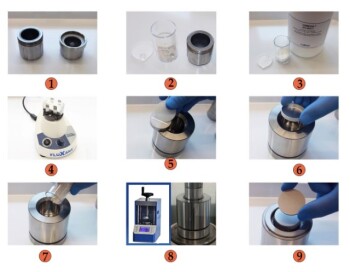
A Comprehensive Guide on Pressing XRF Pellets Using a KinTek Automatic Hydraulic Press
1 year agoXRF (X-ray fluorescence) analysis is a powerful technique used in various industries for material analysis. One crucial step in the XRF analysis process is the preparation of high-quality XRF pellets. These pellets serve as the sample for analysis and need to be properly pressed to ensure accurate results.
Learn More
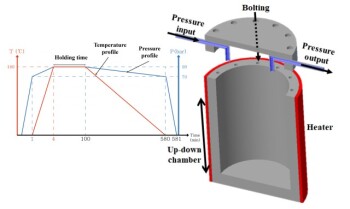
How to Achieve Uniform Pressure with Warm Isostatic Press
1 year agoWarm Isostatic Pressing (WIP) is a manufacturing process that subjects materials to high pressure and high temperature simultaneously. The process involves using an isostatic press to apply uniform pressure to the material from all directions while it is heated to a specific temperature.
Learn More
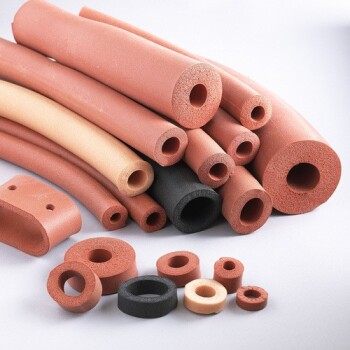
Silicone Sponge: An Essential Component for Heat Press Machines
1 year agoOne essential component of a heat press machine is the silicone sponge. This sponge is used to distribute pressure evenly across the surface of the fabric, ensuring that the design is transferred smoothly and evenly. When a heat press machine applies pressure to the fabric, the silicone sponge helps to distribute that pressure evenly across the entire surface of the fabric. This ensures that the design is transferred smoothly and evenly, without any wrinkles or creases.
Learn More
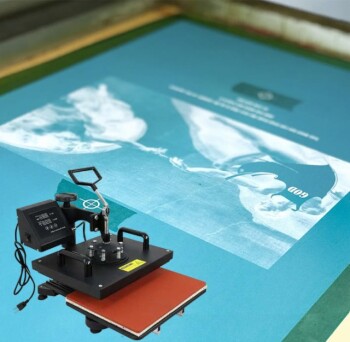
Comprehensive Guide to Heat Press Machine and Essential Supplies
1 year agoMany people are familiar with using iron-on logos or graphics to customize apparel and other products. While iron-ons can be effective, using a heat press offers more consistent heat and pressure, resulting in higher-quality results. Heat presses also allow you to use transfer products that require higher temperatures and pressures than what can be achieved with an iron.
Learn More
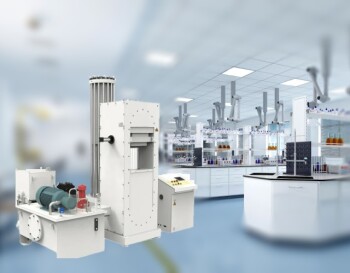
How to Choose the Right Lab Press
1 year agoLab presses are used in a variety of applications, including material research, sample preparation, and quality control. The importance of a lab press lies in its ability to provide accurate and consistent pressure and force, which is crucial in obtaining reliable results. Choosing the right lab press is essential to ensure that your laboratory work is efficient and accurate.
Learn More
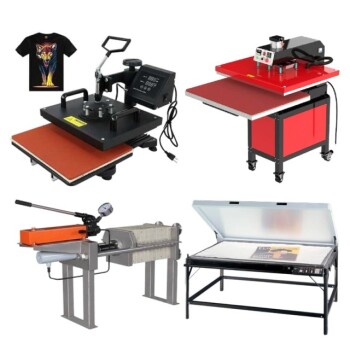
Comprehensive Guide to Heat Press Machines
1 year agoA heat press is a machine designed to imprint a design or graphic on a substrate, such as a t-shirt, using heat and pressure for a specific duration. It is not limited to fabric applications; specialized heat presses can also imprint designs on mugs, plates, jigsaw puzzles, caps, and other products. Essentially, a heat press heats and presses materials, making it a valuable and versatile tool for any printing business.
Learn More
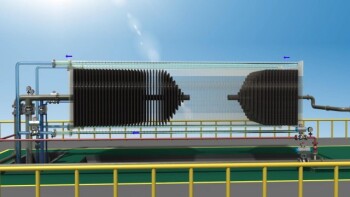
Comprehensive Guide to Filter Press Pilot Testing
1 year agoFilter press pilot testing serves the purpose of collecting data necessary for accurately sizing a full-scale filter press system. This data includes various parameters such as cake solids, cake density, total processing time, processing time for each step, slurry feed solids, slurry pH, chemical conditioning dosages, and maximum operating pressure for each process step. Additionally, other data like filtrate suspended solids, slurry pH, and specific chemical analysis required by the process may also be collected.
Learn More

Comprehensive Analysis of the Laboratory Press and Its Key Features
1 year agoIn the world of laboratory research and testing, having a reliable and efficient laboratory press is crucial. Whether you're working with materials testing, sample preparation, or quality control, a laboratory press can greatly enhance your workflow.
Learn More
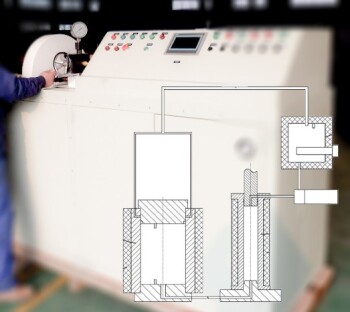
How to Ensure Molding Quality and Efficiency with Warm Isostatic Press
1 year agoWarm Isostatic Press (WIP) is a type of isostatic press that uses a combination of heat and pressure to create high-quality parts. The WIP process involves placing a part inside a flexible mold, which is then filled with a gas or liquid media.
Learn More
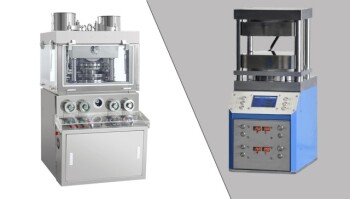
Detailed Analysis of Tablet Presses: Their Types, Components, and Applications
1 year agoTablet presses are machines designed to compress pharmaceutical powders and granules into tablets. They play a crucial role in the pharmaceutical industry by ensuring the uniformity of each dosage unit, which is essential for patient safety. The precision capabilities offered by modern tablet presses are invaluable for pharmaceutical companies, as they help create tablets that contain the same amount of active pharmaceutical ingredients and excipients.
Learn More